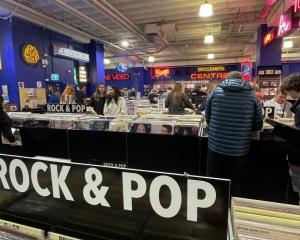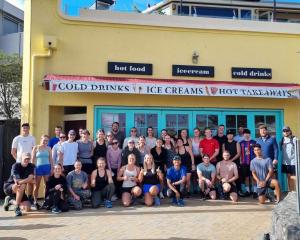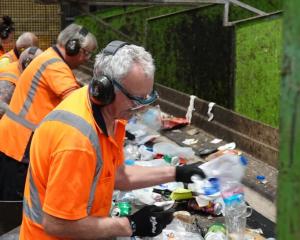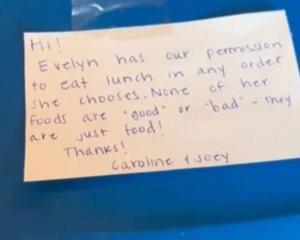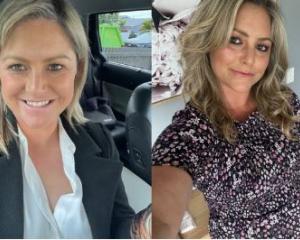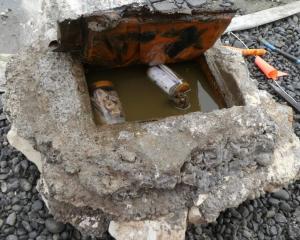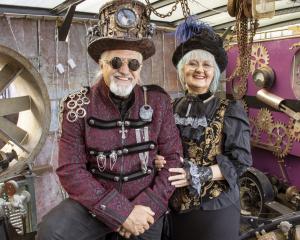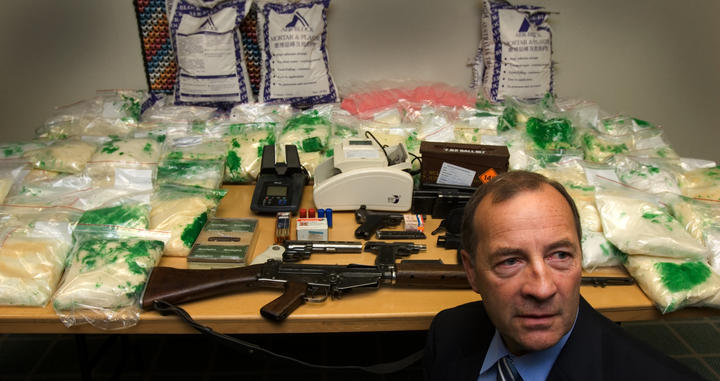
Savage, who has won journalism awards every year for the past 10 years, was a producer of last year's award-winning documentary Fighting the Demon, about the methamphetamine crisis. He talked with Sunday Morning about the new book and some of the most intriguing cases he has covered as a reporter.
There's been an evolution and an amplification in organised crime over the past 20 years, he says.
"To the point we're now seeing very large amounts of methamphetamine, and now cocaine, coming through into our country, being distributed by organisations that are using firearms more.
"I think the general public is not likely to be hurt in this way if you're not mixing in underworld circles, but there's always the possibility of innocent bystanders getting hurt, and we've seen that before; a little toddler, Jhia Te Tua, a 2-year-old shot in a drive-by shooting incident between Black Power and Mongrel Mob in Whanganui.
"So we've had this before, there's a good possibility that this will happen again; [there's] lots of firearms out there, very powerful military style semi-automatic weapons, and I think there's a genuine fear among the police that there will be more victims, more police officers shot and hurt and killed in the line of duty - and we've already seen that recently as well, with Constable Matthew Hunt, up in Auckland.
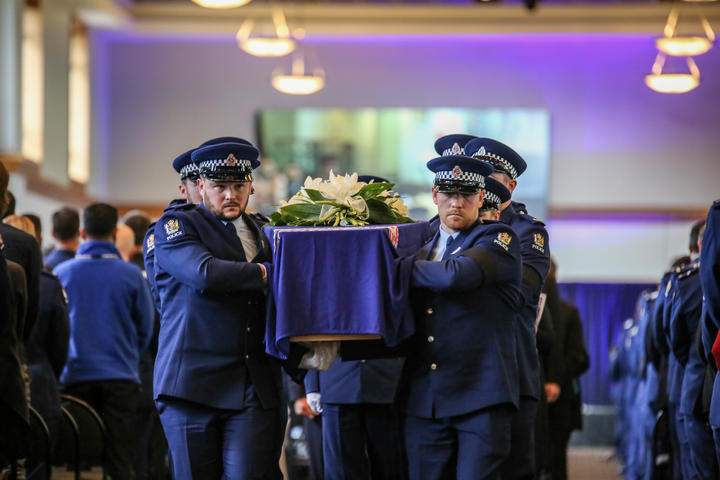
Other experts have told RNZ the meth trade is largely being fed not by the traditional widely known gangs within New Zealand, but by bad actors within those gangs. Savage agrees with that.
"Basically individuals within gangs, who may or may not have other patched members underneath them who they can direct, or associates of the gang who they can use to further their own ends, whether that's cooking meth or receiving packages coming in, or laundering money.
"I don't think there's 10 Headhunters sitting around a table somewhere plotting, as in the Sons of Anarchy [TV programme], I think there are individuals who use the Head Hunters patch, or the Mongrel Mob path, or the Tribesmen patch, or whatever it is, to achieve their goals of making money, that's what a lot of it is.
"It's not just patched gang members, this book is about Asian organised crime syndicates, different businessmen who've become involved, we've now got the Mexican cartels, Sinaloa cartel, sending methamphetamine and cocaine over. It's almost like an ecosystem of organised crime, some of which involves gangs and gang members - quite senior gang members.
"The newer groups that have come in, from Australia, Comancheros and Mongol Nation, the Bandidos, I put them in a slightly different category. Particularly those that have been deported here. I would say that they are an organised criminal group and that they do exist to make money and do what they want to do."
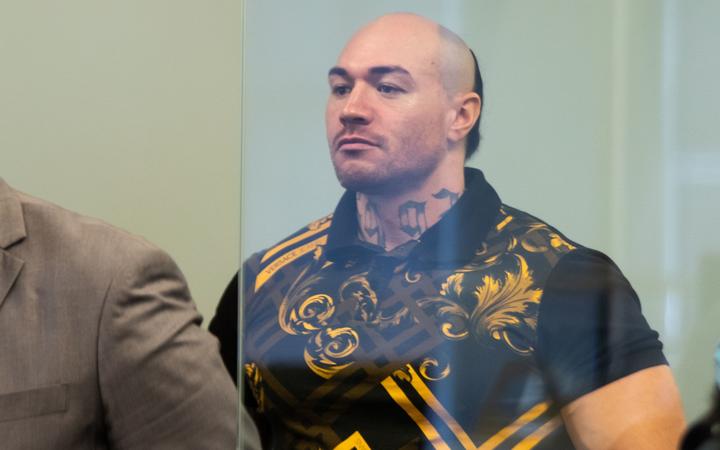
"They were just rolling in money, had very flash cars, great clothing, they always wore Versace clothes to court, and they've been convicted, and I put them in a slightly different category of gangs," Savage says.
The deportees who have brought back a new scale of gangs from Australia, are sometimes called the 501s, because they were deported under section 501 of the Australian Immigration Act, and have introduced a level of corruption not seen before, he adds.
"New Zealand really prides itself as having quite a corruption-free reputation, and to a large extent that is still true. I don't think we have systemic corruption within our police, or parts of the police or customs, but there's definitely been a bit of an upswing in people who are selling secrets or are helping these groups to facilitate their business.
"One example was a young constable up in Counties Manukau, he got pinged diving into the police intelligence computer system, to dig out secrets, which he sold to some of these gangs.
"There was a particular drug importation, about $50 million of meth which came into Christchurch, and the police started investigating one of their own and found out that he had been going into the intelligence system and printing off documents for a case which he had nothing to do with, and selling them to this gang.
"That's not necessarily new, but there's definitely an upward trend for this to happen."
In another case, Customs had singled out a container to be searched, because it was linked to members of the Mongols gang, a US group who have come into Australia through deportees. But when officials arrived to search the container the next morning it had disappeared, after being transported away from the port in the middle of the night, by a person working at the port who police believe was working with the gang.
"And it turned out [the port worker had] $90,000 or $100,000 sitting in a shoe box, when police turned up.
"I think that was quite a wake-up call really, here's a relatively new gang in New Zealand who have managed to infiltrate a business, and have someone there who can facilitate moving around a large shipment... It's the sort of stuff you see in the movies really, but you are seeing it here more and more."
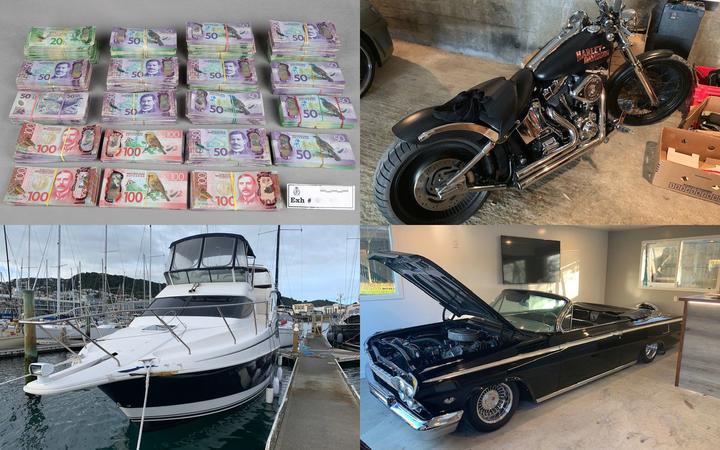
"The three years up until December last year we'd had a 50 percent increase in gang member numbers, to more than 7000."
"A lot of these individuals within gangs have got a lot of money and fast cars, and [are] living a pretty cool lifestyle it seems from the outside - that is a great recruitment tool.
"You've got quite a lot of young men who are in senior positions, and they're using Instagram and Facebook and social media and Tik Tok, so they are able to reach quite an audience. I'm well aware of photos and videos of flash motorcycles and cash and luxurious wardrobes being shared around.
"And if you've grown up with nothing, that would look pretty attractive to you. So I wouldn't be surprised if we do see an uptick in numbers when the next round is tallied up."
There's more guns and technology in use 'every day', he says. Gangs are getting savvier, using strategies like encrypted cell phones.
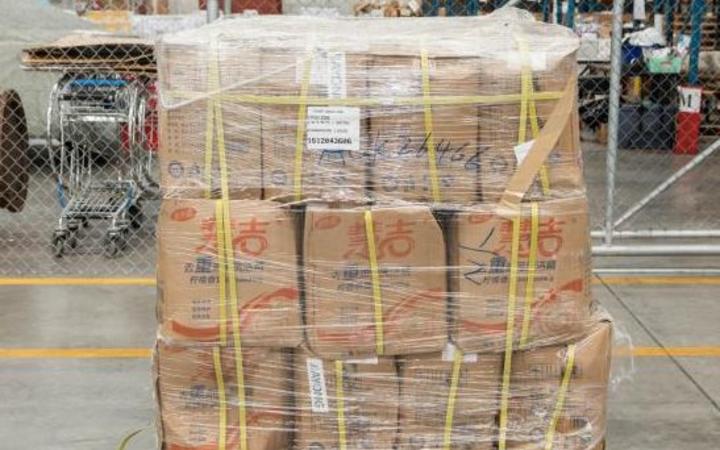
"Then cell phones started coming in and it was a useful way police could get interception warrants on phones and listen in to these conversations. But with the event of smart phones there are a lot of apps which have end to end encryption, so the police interception warrants cannot as easily tap into and obtain those conversations."
Some are even using military grade cipher devices.
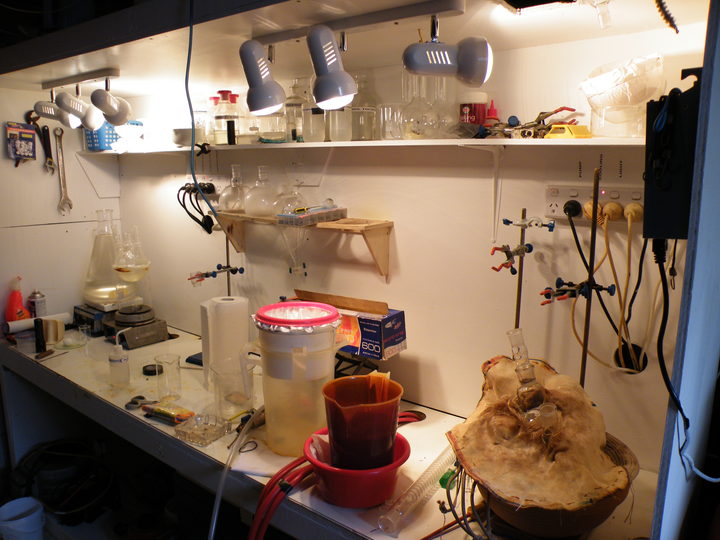
"So it's very tech savvy, it's a constant game of cat and mouse between the police and organised crime, and organised crime figures will learn from other people's mistakes."
Savage says the book is partly a tribute to the work of the police national organised crime group over the last 20 years or so, whose efforts in finding and busting organised crime mostly go unseen and are unsung.
"Some of the guys and women that work there are just incredible investigators. If no-one goes looking, no-one's going to find these crimes. There's some very clever, dedicated dogged people who have done some great work over the years, and a lot of their work will never been seen, or you'll never really read about it.
"I think in the early days police probably underfunded this area, but in the last few years there's been a lot of money that's been promised by the Labour-led government, particularly around asset recovery, seizing a lot of this wealth that's been accumulated through criminal means."


